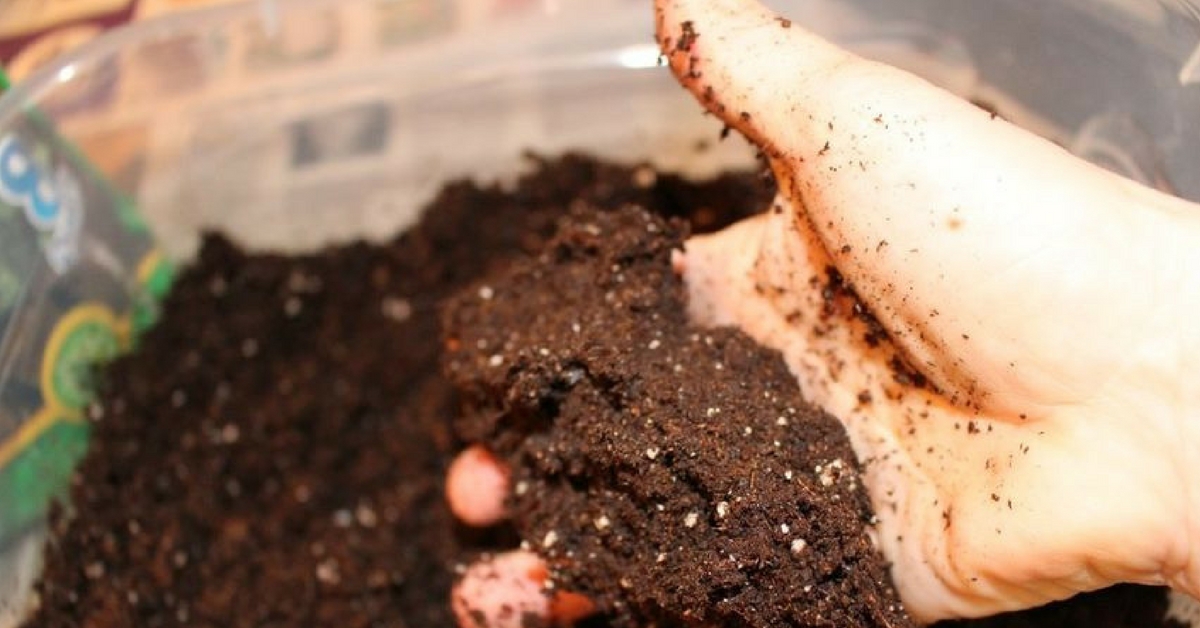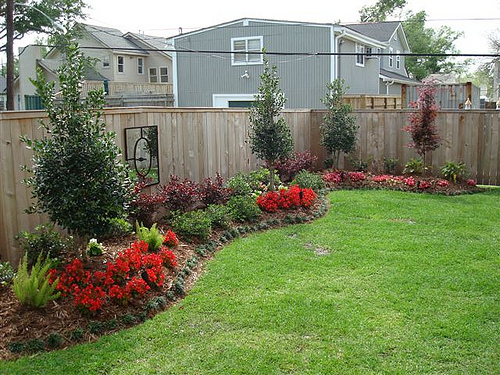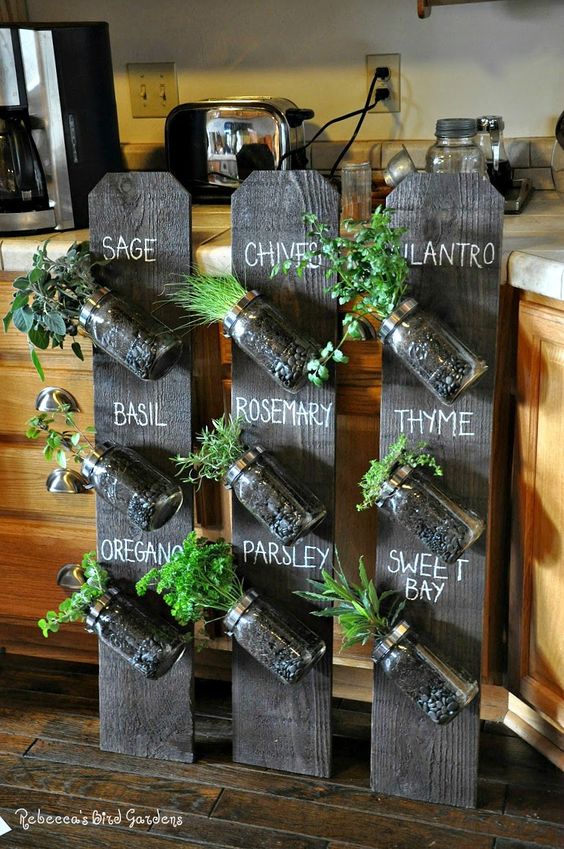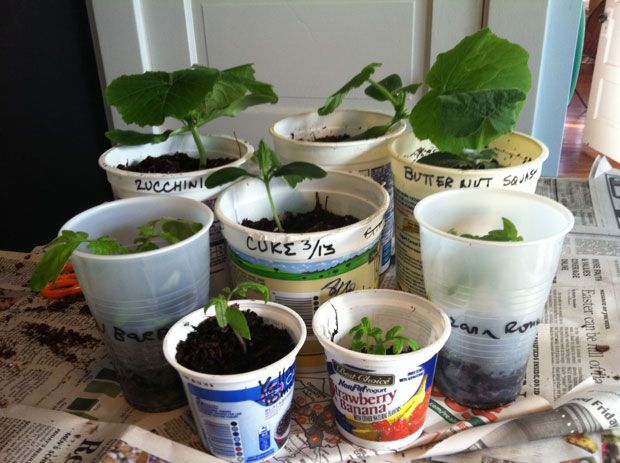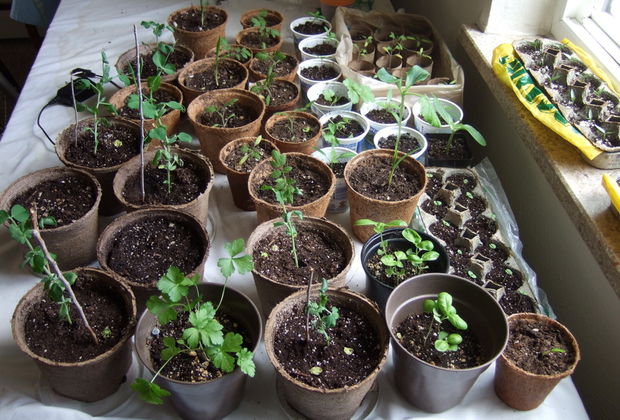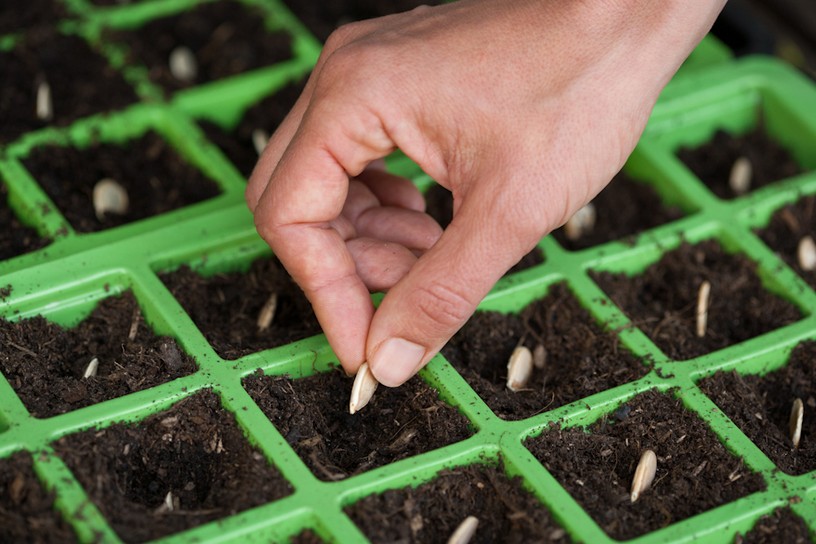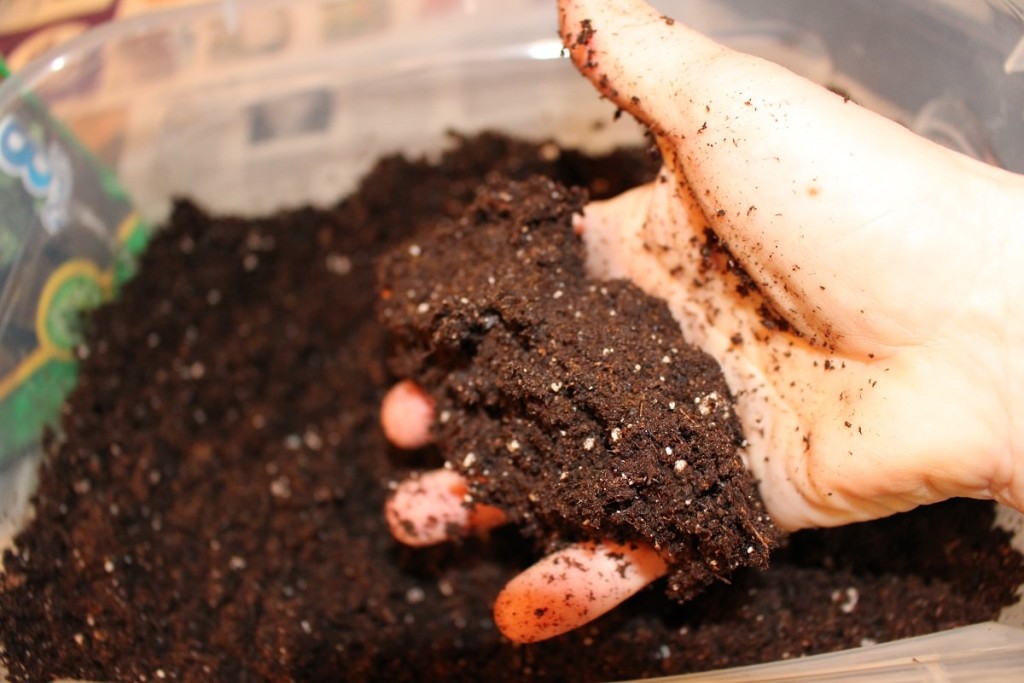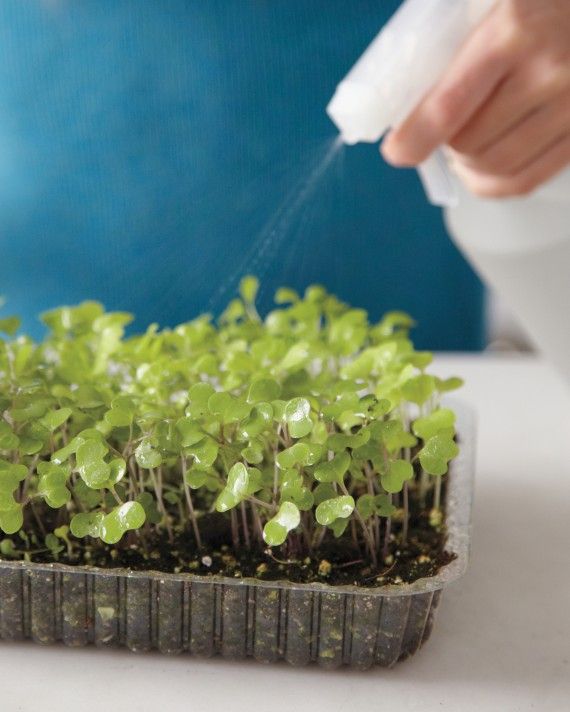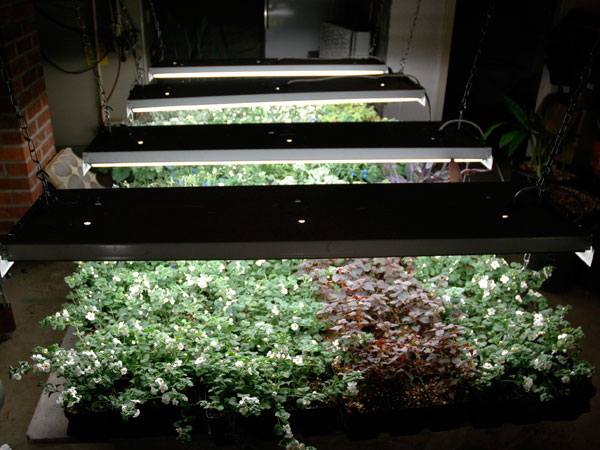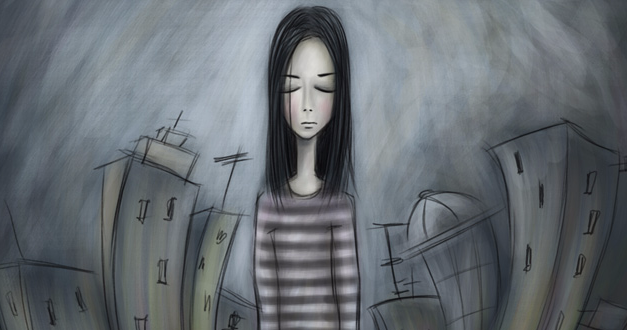For those of us that have a long winter ahead of us, we'll have to say goodbye to our beautiful geraniums and our delicious vegetable garden.
Well, that may not be entirely true. You can always bring your garden inside your home, which has been proven by some to be cheaper and easier than an outdoor garden.
Here are some helpful tips to bring the greenery indoors.
Find a location.
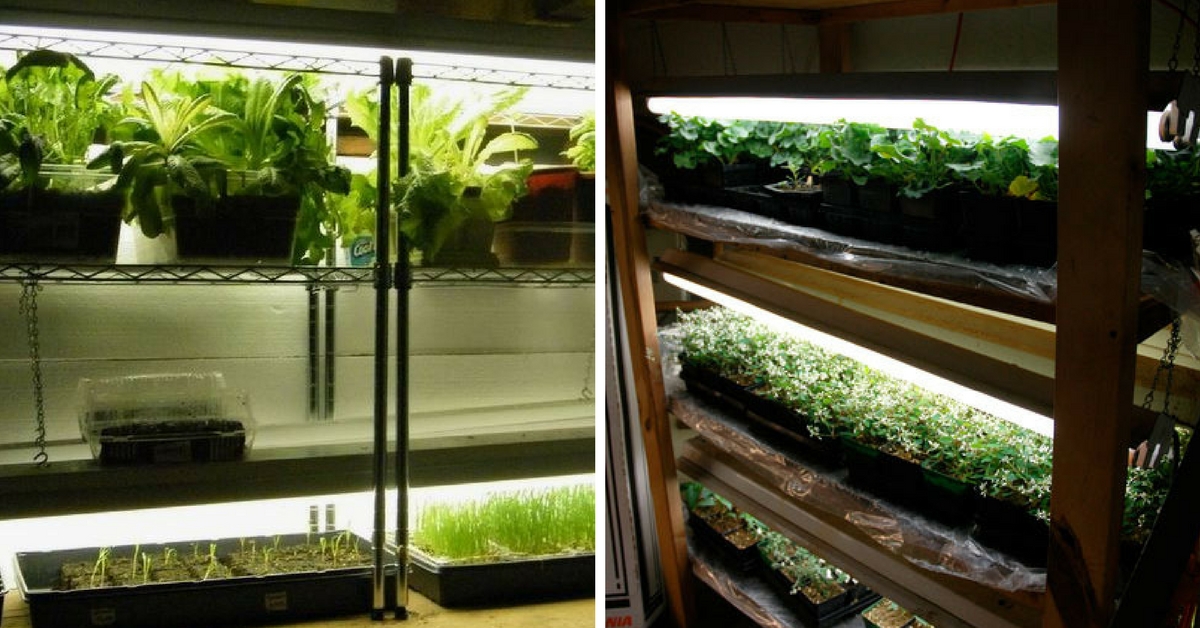
The first thing you need to do is find an appropriate place in your home to grow your plants. Happy Valley Seedssay that seeds and bulbs require more heat than light, so make sure the first location is warm. Once the seedlings jut out of the soil, move them to a brighter location, if need be. This bright location can be under artificial light, but natural sunlight is much better.
Find a container.
Many opt to buy brand new containers for their home garden, but this may be unnecessary.
If you choose to reuse a container, make sure you thoroughly clean them first to remove any bacteria that may harm the new seed.
Here are some ideas to get your creative juices flowing:
Mason jars
Egg cartons
This can also include toilet paper tubes, milk cartons, and coco fiber cups.
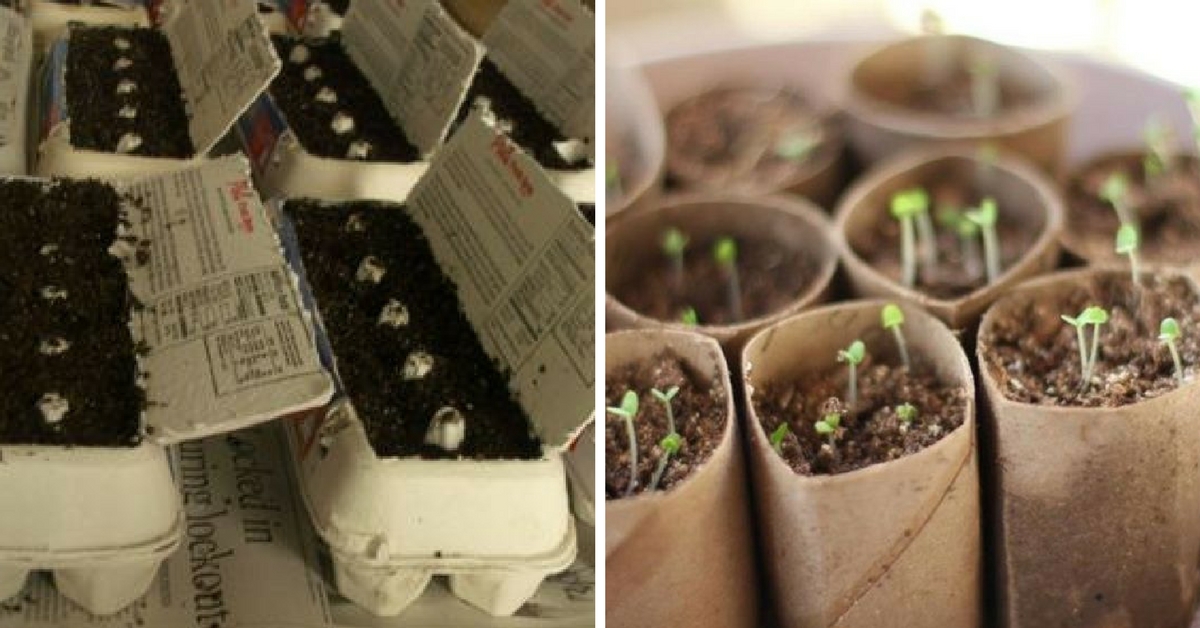
Plastic cups
Plant pots
Don't forget that the container you choose should allow excess water to drain from the bottom. Plant roots that sit in water will rot. For mason jars, you'll have to drill a few holes. If you don't like that idea, fill the bottom of the jar with some stones or marbles.
When your plants outgrow the container, put them in a bigger one.
Now for the action!
Buy the Seeds.
Fortunately, seeds are less expensive than plants. You can find seeds at any home garden center or you can order them online. Make sure you buy a seed that will thrive in your home garden.
Many herbs like mint, parsley, oregano, thyme, and rosemary are easy to grow indoors.
Click on the link to check out plants that thrive indoors.
Prep the soil & plant the seeds.
Because you have a lot less space to work with, preparing the soil will be a much easier task. Purchase some good soil from your local garden center.
Look at the instructions on the back of the seed package to see when's the best time to plant your seed.
Also, don't fret when summer is looming! You can always transfer your home garden to your backyard, but make sure you don't transplant them too fast or too early. You want your plant to be mature enough to be outside, but not too big to feel uncomfortable.
Water and light.
Water
You want to water your plants enough to grow, but not too much that they wither. This may be the hardest part, but that's not your fault. It's hard to tell how much a plant needs at a given time, so that's why drainage holes are so important.
At first, it's best to use a mist bottle for seeds and premature plants. According to Melinda Myers, a gardener and author, you should occasionally check the soil with your fingers to evaluate its moisture level. It should feel like a sponge wrung out.
Light
Using both artificial and natural light will be most beneficial for your indoor plants. If you opt for artificial light, make sure it's 6 inches over the plants. You can also place aluminum foil on the surfaces around containers to reflect light.
Let us know some of your tips to maintaining a healthy indoor garden!
